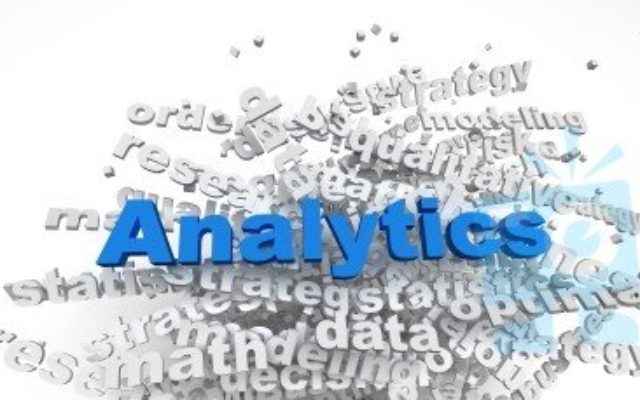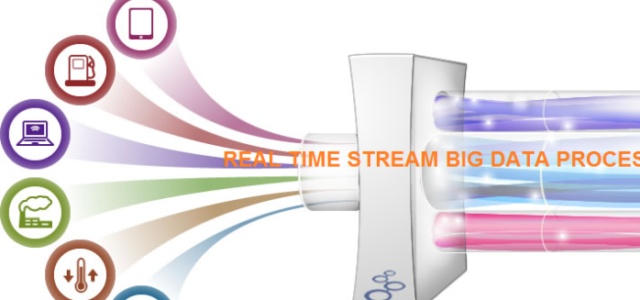It is not uncommon to hear business leaders say how predictive analytics is important and strategic. However, is predictive analytics really the Holy Grail of analytical maturity? We can start by clarifying what predictive analytics is and where it resides in relation to the business objectives for leveraging analytics. We can slice the analytics space along the following three dimensions:
- Predictive vs. Explanatory: Is the primary objective to quantify the likelihood of a particular outcome, or explain a particular phenomenon or behavior?
- Exploratory vs. Confirmatory: Is the primary objective to discover something new that can help you form a hypothesis, or to confirm the hypothesis you have already formed?
- Strategic vs. Tactical: Is the goal to inform business strategy decisions or to inform and execute on a specific set of actions?
We can table the discussion on methodology—from the business perspective, the specific quantitative methodology, statistical or otherwise, is secondary. Predictive methodologies can be applied while the objectives of the analysis remain explanatory, and in practice this is rather common. We should also acknowledge that some combinations of the above do not really exist, at least theoretically, and the distinctions can get a little blurry sometimes.
The point is that predictive analytics is just one class of just one dimension that defines the business objectives for analytics. The concern is that a blind focus on the “predictive” could be boxing organizations into analytical activities that do not necessarily address the most impactful business needs.
Going back to the strategic importance of predictive analytics, I believe it is important to make the following distinction: that having access to the predictive analytics capability is certainly strategic to the business, but what predictive analytics accomplishes is almost always tactical. The results of predictive analytics (scores, alerts, etc.) are most commonly used to automate certain aspects of decision making, such as recommending the next movie to watch, rank-ordering or prioritizing customers to target, or making decisions on a large volume of credit card applications very rapidly.
Businesses must start with the business objectives, then leverage the right analytical approach for the business objectives in order to realize full potential of data-driven decision making. While predictive analytics capabilities indeed often indicate a level of analytical maturity, it is only one part of analytics maturity. Setting any specific type of analytics as the Holy Grail cheats the organization of the best impact analytics could have. And it would be a shame if business leaders became disillusioned with analytics because that specific type of analytics did not produce the aggregate business impact they were expecting.
Header Image courtesy of David Castillo Dominici at FreeDigitalPhotos.net
Read more at http://www.msightanalytics.com/blog
Article by channel:
Everything you need to know about Digital Transformation
The best articles, news and events direct to your inbox
Read more articles tagged: Analytics, Featured, Predictive Analytics






